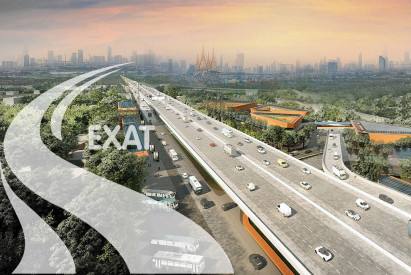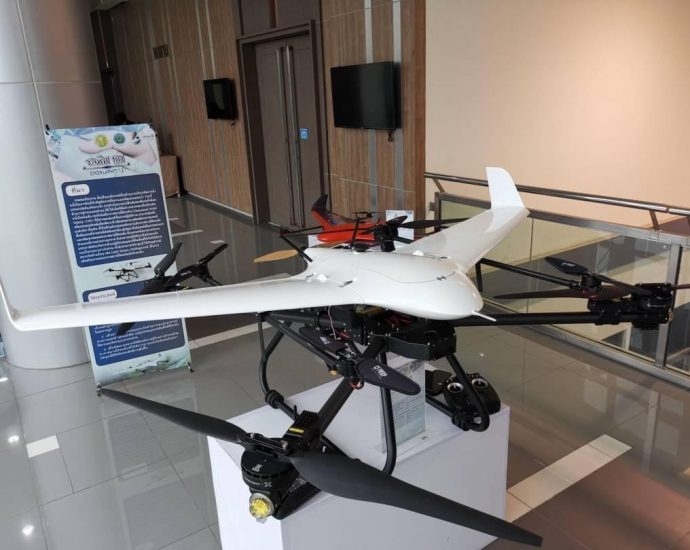Commentary: Tighter enforcement not enough to prevent workplace fatalities in Singapore

I also attended an ESG seminar and realised that the speakers and participants were focused on the environmental aspect and appeared oblivious to WSH issues. More needs to be done in this space.
BUILDING A STRONG SAFETY CULTURE
Engaging stakeholders through ESG reporting or other information sharing is not foolproof. Researchers have suggested that soft interventions should supplement hard regulations.
MOM and WSH Council have done much in that respect over the years, with the former stepping up companies’ accountability for workplace accidents, and the latter providing comprehensive guidelines and timely WSH alerts.
Nevertheless, to effectively engage more organisations in building safety culture, there is a need for more sharing of information.
Since 2018, the WSH Act has empowered the Manpower Ministry to publish learning reports to share significant lessons learnt following workplace accidents or diseases. Unlike the accident alerts disseminated by the WSH Council, learning reports are more in-depth and are not admissible in court.
However, to date, there are only two learning reports published. More can be shared to ensure that companies can improve from the failures of others. In addition, findings from WSH prosecution cases that had been thoroughly debated in court should be captured and disseminated.



















